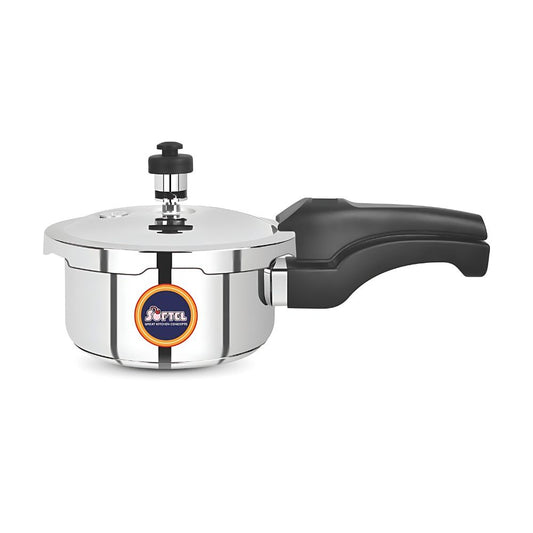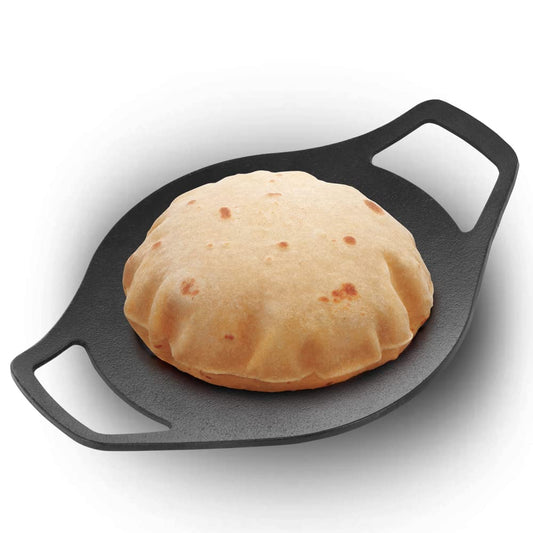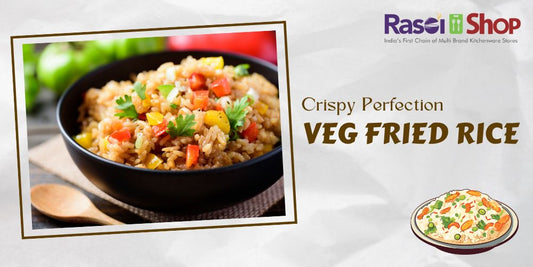In today's fast-paced world, finding time to cook nutritious meals can be a challenge. Enter batch cooking a time-saving and efficient technique that allows you to prepare meals in advance, ensuring you have delicious, homemade food ready to enjoy throughout the week. Whether you're a busy professional, a parent juggling multiple responsibilities, or simply looking to streamline your meal preparation process, mastering batch cooking can revolutionize the way you eat. In this blog post, we'll explore some valuable tips on how to excel at batch cooking and make it a regular part of your routine.
- Plan and Prep: One of the keys to successful batch cooking is careful planning. Take some time to create a weekly meal plan, considering your dietary preferences, nutritional needs, and the number of servings required. Make a detailed shopping list and gather all the necessary ingredients in advance. When you're ready to start cooking, ensure your kitchen is well-organized and equipped with essential tools, storage containers, and labels.
- Choose the Right Recipes: Opt for recipes that are well-suited for batch cooking. Look for dishes that are easily scalable, such as stews, soups, casseroles, and stir-fries. These meals often freeze well and can be reheated without compromising flavor or texture. Additionally, consider incorporating versatile ingredients like grains, legumes, and proteins that can be used in various recipes throughout the week, allowing for greater flexibility.
- Time-Saving Techniques: Maximize efficiency during batch cooking, employ time-saving techniques. For example, chop vegetables in bulk, using a food processor or mandoliner slicer to expedite the process. Utilize kitchen appliances like slow cookers, pressure cookers, or multi-cookers, as they can significantly reduce cooking times while maintaining taste and nutritional value.
- Proper Portioning and Storage: Divide your prepared meals into individual or family-sized portions for easy grab-and-go options. Invest in high-quality, airtight containers suitable for freezing or refrigeration. Label each container with the name of the dish and the date it was prepared, ensuring you prioritize consuming older meals first. This approach minimizes food waste and keeps your batch-cooked meals organized.
- Freezing and Thawing: Freezing meals is a fantastic way to extend their shelf life while preserving taste and quality. However, be mindful of which ingredients freeze well and those that may suffer in texture or taste. Consider pre-portioning your meals before freezing to avoid having to thaw more than you need. Properly label containers with contents and dates to ensure you can easily identify and rotate your frozen meals.
- Mix and Match Flavors: Batch cooking doesn't mean you have to eat the same thing every day. Use different herbs, spices, sauces, or garnishes to add variety and customize flavors. For example, a batch of cooked chicken can be transformed into various dishes by adding different seasonings or pairing it with diverse sauces.
- Meal Prepping for Different Dietary Needs: If you have family members with specific dietary requirements or preferences, adapt your batch cooking to accommodate their needs. Consider preparing separate components or variations of certain meals to cater to different dietary restrictions, such as vegetarian, vegan, gluten-free, or dairy-free options.
By incorporating batch cooking into your routine, you can save time, reduce stress, and enjoy the benefits of home-cooked meals throughout the week. These tips on planning, recipe selection, time-saving techniques, portioning, storage, freezing, flavor customization, and catering to different dietary needs will help you become a batch cooking pro. Embrace this efficient approach and reclaim control over your meals, ultimately leading to healthier eating habits and a more balanced lifestyle.





